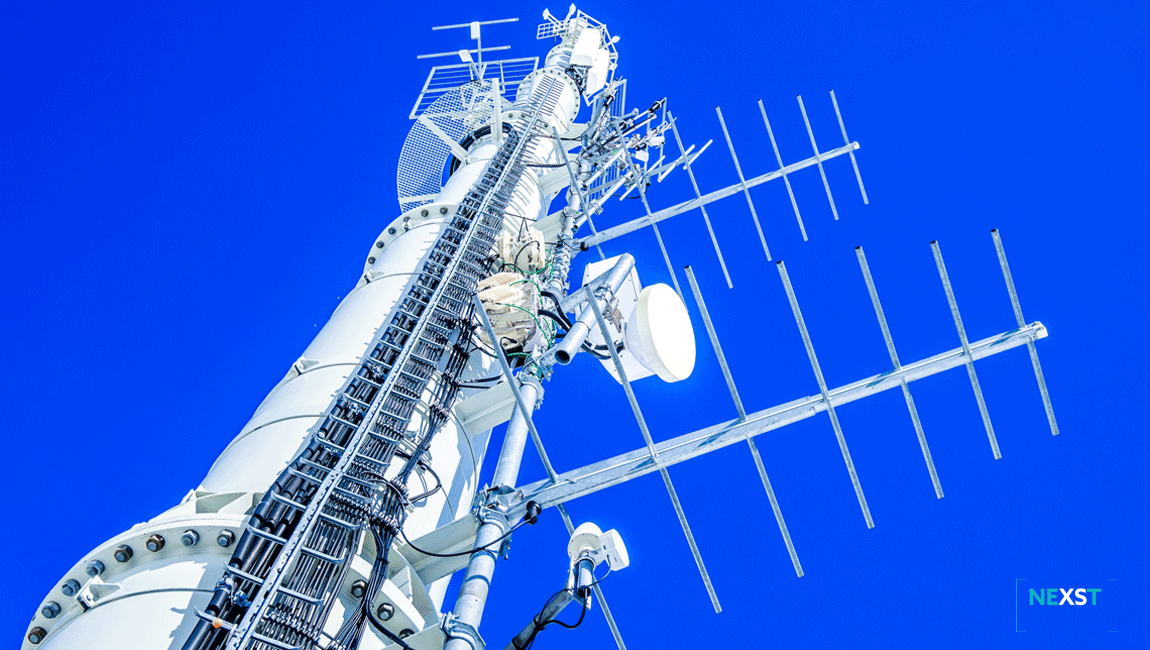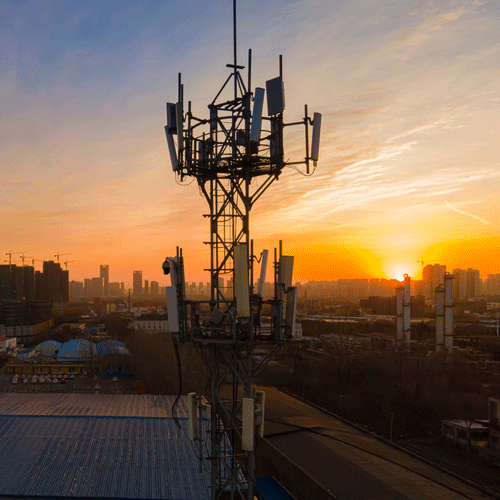An estimated 60% of global mobile network data traffic is expected to travel over 5G networks by 2027, according to Ericsson's new 2022 Mobility Report released in June 2022. This statistic confirms 5G’s status as the most rapidly adopted mobile technology in our history. With this rise in connectivity, our infrastructure will adapt accordingly.
Downloading a full HD movie onto a mobile device in less than seconds or running high resolution video with next-wave content like augmented and virtual reality: 5G networks perform more than 40 times faster compared to 4G and will enable users to handle data-intensive applications in applications in entertainment, industry, health and government far more smoothly. They will make the Internet of Things a reality.
According to Gartner, 5G will be the dominant mobile access technology making up 49% of all mobile subscriptions by the end of 2027. This will provide a huge impetus for the worldwide 5G infrastructure market. Generally, 5G infrastructure is defined as small and macro-cell base stations with edge computing capabilities - which requires significant amounts of fibre.
Mobile 5G towers are therefore becoming a familiar sight across our cities. But what is a 5G tower, and what is the impact it has on the environment?







